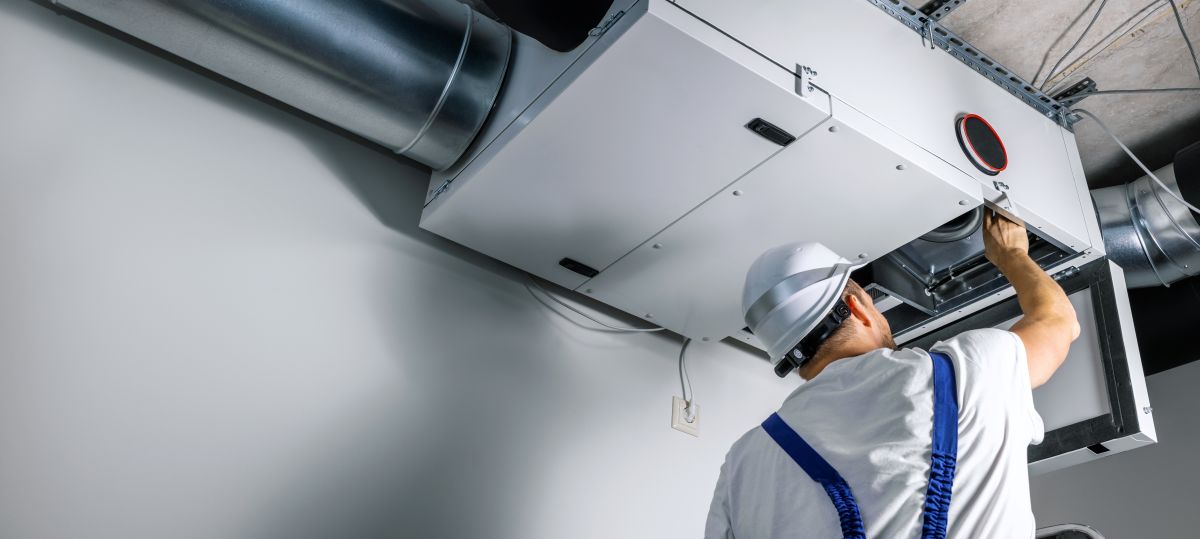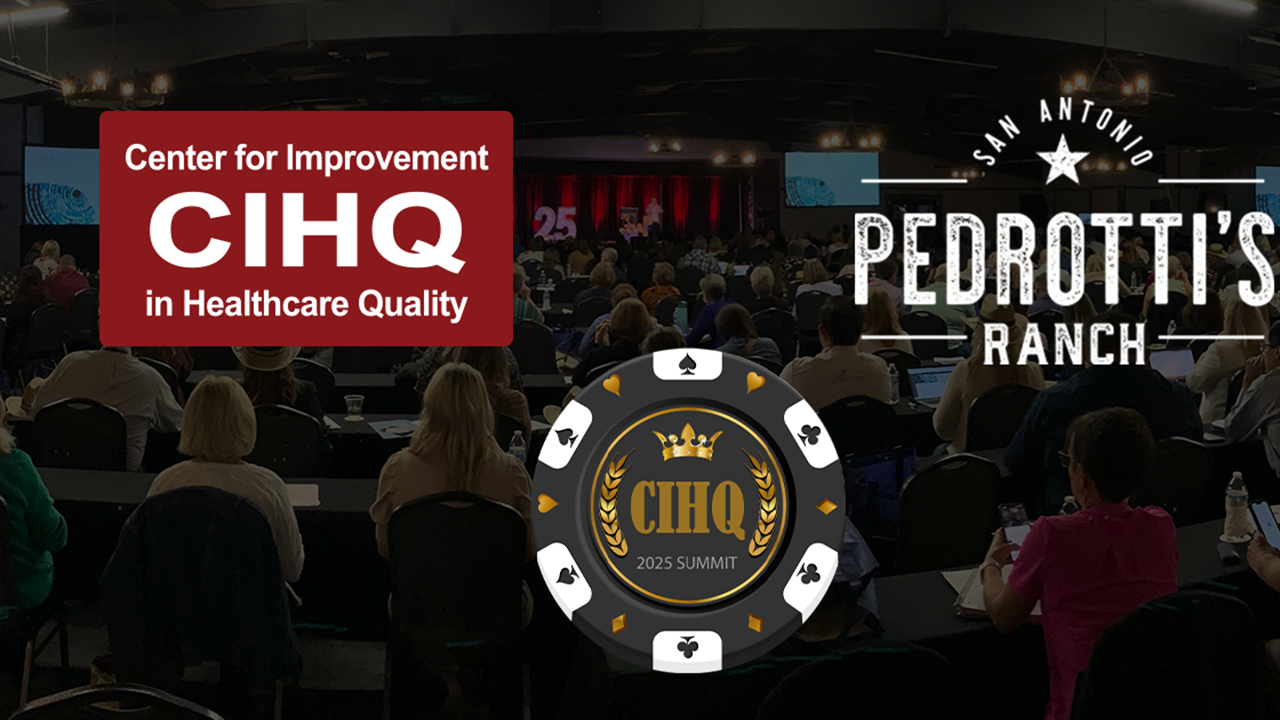What’s a Rich Text element?
The rich text element allows you to create and format headings, paragraphs, blockquotes, images, and video all in one place instead of having to add and format them individually. Just double-click and easily create content.
Static and dynamic content editing
A rich text element can be used with static or dynamic content. For static content, just drop it into any page and begin editing. For dynamic content, add a rich text field to any collection and then connect a rich text element to that field in the settings panel. Voila!
How to customize formatting for each rich text
Headings, paragraphs, blockquotes, figures, images, and figure captions can all be styled after a class is added to the rich text element using the "When inside of" nested selector system.
- This is a list item
- Another list item
- Numbered item
- Another numbered item
Some link
Many times, I am asked, “What are you most concerned with in healthcare?” My response is either the management of healthcare-associated infection (HAI) or the aging infrastructure of our healthcare buildings.
Healthcare-Associated Infection
While at the Joint Commission as Director of Engineering, we recognized the impact on patient safety related to healthcare-associated infection (HAI) prevention, and the role the physical environment played in reducing these. It was surprising to me when I heard that simply washing hands had a direct impact on improving patient safety and outcome. So for several years, I included this in my annual presentations. I often shared that the most important times to wash hands are before and after preparing food, after going to the bathroom, and that roughly 80% of communicable diseases can be transferred by touch. Also, studies have shown that people who routinely wash their hands have 24% fewer sick days related to respiratory illness, and 51% fewer sick days because of a sick stomach. I would be remiss if I did not include proper hand hygiene protocols:
A. Soap and Water:
- Wet your hands with clean, running water.
- Apply soap and lather well.
- Rub your hands hard for at least 20 seconds. Scrub all surfaces. This includes the backs of your hands, your wrists, between your fingers and under your fingernails.
- Rinse well.
- Dry your hands with a clean towel or air-dry them.
B. Alcohol-Based Hand Rub Solution:
- You can use alcohol-based hand rub (ABHR) solutions when you don't have soap and water. If you use an ABHR, make sure it has at least 60% alcohol. As soon as possible, wash your hands with soap and water, to remove any gross soil.
- To use the Alcohol-Based Hand Rub Solution, follow these steps:
- Apply the gel or foam product to the palm of one hand. Check the label to find out the right amount.
- Rub your hands together.
- Rub the product over all the surfaces of your hands and fingers until your hands are dry.
In addition to hand hygiene, we learned the importance of temperature, humidity and ventilation in patient care delivery. This leads me to my second significant concern for healthcare: the aging infrastructure.
Aging Infrastructure
At the end of World War II, many hospitals in the United States had become obsolete, and over 40% of the nation’s counties did not have a hospital. In early 1945, Senators Lister Hill and Harold H. Burton introduced a bill to construct new hospitals throughout the nation. The bill sat in committee until late fall of 1945, when in November President Truman announced a comprehensive medical insurance program for all Americans, tied to Social Security.
The American Hospital Association (AHA) assisted by re-writing the bill (formerly called the Hospital Survey and Construction Act of 1946), with a five-year program authorizing $75 million annually for hospital construction. The bill passed on August 13, 1946. The law introduced the concept of state and local cost sharing and matching funds. The Hill-Burton Act, which was funded until 1974, had helped to finance 6,900 new health care facilities in 4,000 communities, including adding over 400,000 new beds. Many rural areas had access to hospital care for the first time.
Many of today’s rural hospitals exist because of the Hill-Burton Act, and many continue with the original capital equipment (i.e. heating, ventilation and air conditioning; Fire Suppression and Alarm Systems). Even some urban hospitals have original equipment still in operation.
Resources such as the American Hospital Association’s publication Estimated Useful Lives of Depreciable Hospital Assets (Estimated Useful Lives of Depreciable Hospital Assets published by the AHA, 2023 ed., ISBN: 978-1-55648-487-2) provides information on how long capital equipment can be considered useful. For example, the heating, ventilation, and air conditioning (HVAC) systems are primarily designed for controlling air into the hospital environment. The goal of the HVAC system is to replace potentially contaminated air with clean air, and to regulate ambient temperature and humidity. These systems have an expected useful life of 15 years. Unfortunately, many of the rural hospitals originally built with Hill-Burton Act funds are operating with original equipment that have far exceeded the useful (and reliable) life of their utility systems.
In addition to useful life, codes and guidelines have changed over the years, with new techniques and technologies depending on greater reliability and improved patient outcomes. For example, the 1987 edition of the Guidelines for Hospital Design and Construction required fifteen air changes per hour (ac/h) in an operating room. The 2010 and later editions of the Facilities Guidelines Institute require twenty ac/h for an operating room.
An Aging Infrastructure Case Study
A hospital was being built in 1974, but after the first year of construction the project was put on hold pending an unexpected merger and related financial issues. However, the nine air handling units (AHU) had been delivered to the building site prior to being placed on hold. Exposed to the midwest winter, they were stored outside during the merger process and into the following year until the project resumed. Thirty years later, five of the AHU’s had rotting floors, and other issues. The Director of Facilities brought the capital request (again) to hospital leadership, only to be told that the new MRI superseded the AHU request. The director was prepared and had the return on investment data, showing energy savings could offset the purchase, and that the energy savings would be for many years ahead. He was interrupted and told that the funds were already allocated by the corporate system, but he could re-submit next year.
The following year, during the budget cycle, the Director of Facilities again requested five new AHU’s. But this time was different. When his team was performing their annual tune-up of the AHU’s, he went into one of the AHU’s that served the operating suites. The floor was rotted out, so he asked one of the team to go down to dietary and get a clean, 32oz pickle jar. While the jar was being retrieved, he created a label that read: “AHU 7, OR & PACU.” Taking the clean jar, he went back into AHU 7 and filled the jar with the rusted floor of the machine.
Going into the budget meeting with leadership, he began by highlighting his repeat request for the five AHU’s. Placing the filled jar squarely on the table in front of the President and the CFO, he invited the entire leadership team to join his team the following day for lunch in the maintenance shop to celebrate “Hospital Engineers Week”. The next day leadership arrived and had a tour of some of the key mechanical spaces, including the AHU that served a non-patient care area that was requested to be replaced, with the access doors open showing the damaged floor and how this impacted its reliability. Following this, the director explained the useful life data and how the equipment had been fully depreciated years ago. He then showed the financial impact of the surgery department’s possible lost revenue if the AHU had an unscheduled out of service event.
The Director of Facilities received permission to upgrade the five AHU’s and each year going forward was allocated funds to upgrade or replace capital equipment.
Over the years, many have heard me speak at various events and venues. Whenever I highlighted a significant issue, I always included a suggested solution. It is not deferred maintenance. The only solution to the aging infrastructure is planned replacements and retrofits. The benefits are obvious, from improved energy consumption to improved reliability. To achieve leadership partnership in solving this problem I would suggest you consider a program I call, “Coffee in the Shop.”
Idea: Coffee in the Shop
In the example above about replacing the AHU’s, it became evident that leadership needed to be exposed to the reality of what the facilities team experienced daily. In 2011, I wrote an article for Joint Commission Resources entitled Coffee with the Crew (Environment of Care News, December 2011, Vol. 14, No. 12, pages 4 & 5. Joint Commission Resources).
Many maintenance departments start the day at the break table, having their first cup of coffee, and discussing what is planned for the day. The need for help is identified and usually someone volunteers, and any planned shutdowns are discussed.
At my first hospital in Willmar, Minnesota (Rice Memorial), our team met routinely first thing at the break table to coordinate our day. Every morning our administrator would walk by the shop door and see the team at the table. Eventually, he asked me why the day starts at 7:30 am for the facilities team instead of 7am like everyone else, but they’re done and go home at 3:30pm. In response, I asked him to bring donuts the next morning and join us.
The following morning, the administrator brought in boxes of donuts and rolls. I had a pot of coffee ready. He sat with us and listened as we coordinated our work for the day. This then led the team to mention some of their concerns about some of the equipment, with the aging infrastructure being a common theme. The team was careful to remain respectful, and properly use this time with our leadership. This evolved into roughly every four or five months a surprise visit with donuts and rolls from our administrator. And capital budget requests became much more successful as our leadership became aware of the real facility condition index.
The “Coffee in the Shop” times were instrumental in building trust between the hospital staff and the hospital leadership.
A few key thoughts:
- These are not gripe sessions, but constructive, informative times to rationally discuss operations concerns and issues.
- Some of the time is spent educating the leadership team to help them understand and make better decisions.
- Be prepared with short summaries of concerns.
- Be thankful and respectful of positive outcomes from previous “Coffee in the Shop” times.
- Ensure the facilities team listens to concerns voiced by leadership, and not react negatively but with a constructive attitude.
To summarize, embrace hand hygiene. Welcome the administrative team into the facilities environment and work to develop positive relationships. Prioritize concerns to assist leadership in supporting operations needs and issues.
Soap Box Thought
Could the Department of Health & Human Services (HHS) and the Center for Medicare & Medicaid Services (CMS) resurrect the Hill-Burton Act to assist healthcare in solving their aging infrastructure problems? The Hill-Burton Act shared the cost with the organization, local, state and federal agencies. If the funds were available to upgrade and retrofit the capital equipment, healthcare outcomes would improve.
Looking for up to date information on the latest on facilities compliance management?
Register for my upcoming Soleran Partner Webinar, “What’s Coming with the Joint Commission & CMS? with George Mills” on August 28th at 1:00pm CST. Registration is open! https://zoom.us/webinar/register/WN_W1XiE1l7RvmKi1a91t8CkA










.svg)














.svg)






.svg)
.svg)
.png)